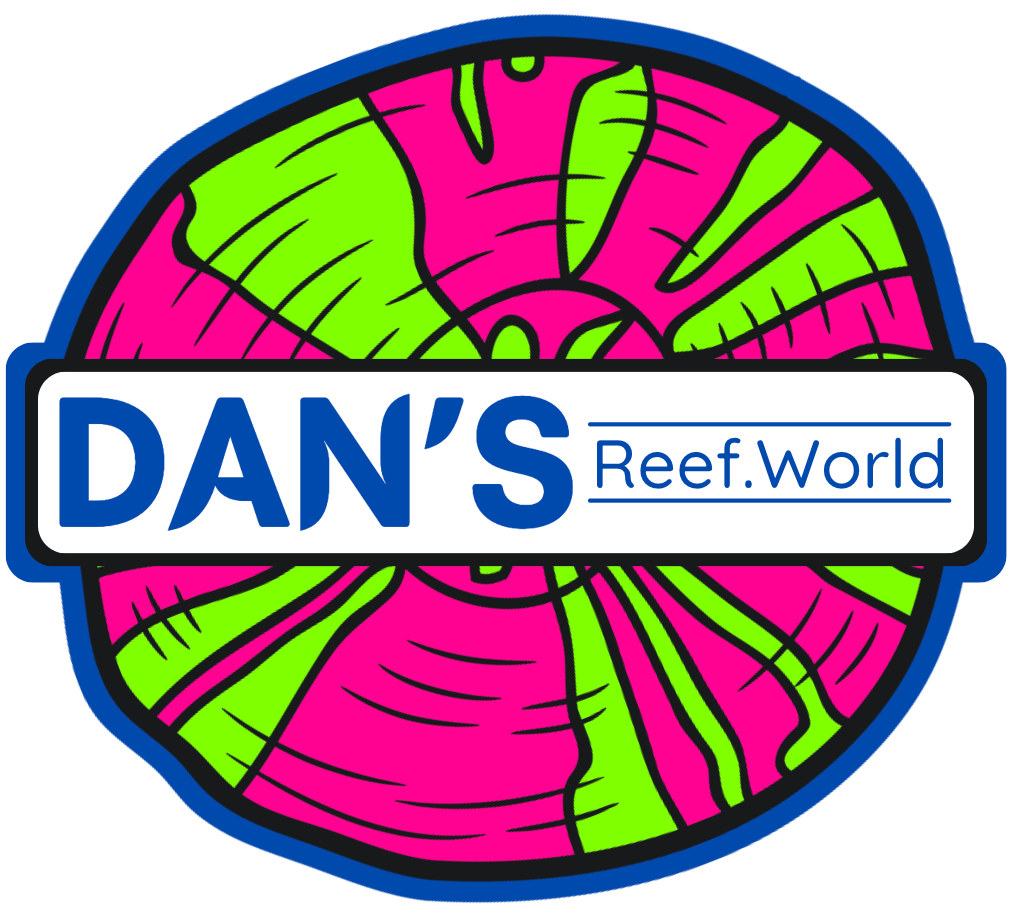Intro - Family Faviidae
Coral reefs are vibrant ecosystems teeming with life, serving as crucial habitats for countless marine species. Among the many coral families that contribute to the beauty and diversity of these underwater realms, the Faviidae family stands out for its distinctive forms and ecological significance. In this blog post, we’ll explore the characteristics of Faviidae corals, their roles within reef ecosystems, and the conservation challenges they face.
-
The Faviidae family, commonly known as "faviid corals," includes a variety of stony corals found primarily in warm, shallow waters of the Indo-Pacific and Caribbean regions. Notable genera within this family include Favia, Montastraea, and Goniastrea. These corals are characterized by their massive, often domed structures, which can form large colonies that contribute significantly to reef formation.
-
Faviidae corals are recognized for their unique skeletal structures and polyp morphology. The colonies are typically robust and can vary in shape from rounded domes to more irregular formations. The polyps, which can be quite large, extend during the night to feed on plankton and small particles in the water column.
Coloration in Faviidae corals is often striking, with hues ranging from deep greens and browns to vibrant yellows and purples. This color diversity is primarily due to the presence of symbiotic zooxanthellae, which provide essential nutrients through photosynthesis, allowing the corals to thrive in nutrient-poor waters.
-
Faviidae corals play a vital role in the health and stability of coral reef ecosystems. As important reef builders, they contribute significantly to the physical structure of reefs, providing habitats for a wide array of marine organisms, including fish, invertebrates, and crustaceans. Their complex formations create microhabitats that promote biodiversity and enhance the overall resilience of the ecosystem.
Additionally, Faviidae corals help stabilize sediments, reducing coastal erosion and fostering healthier environments for other marine life. Their presence is crucial for maintaining the ecological balance of coral reefs, supporting diverse communities of marine organisms.
-
Despite their ecological significance, Faviidae corals face numerous threats. Climate change is one of the most pressing concerns, with rising sea temperatures leading to coral bleaching—a phenomenon where corals expel their symbiotic algae, resulting in a loss of color and essential nutrients. Prolonged bleaching can weaken these corals, increasing their vulnerability to disease and mortality.
Ocean acidification, caused by elevated carbon dioxide levels, also threatens Faviidae corals by hindering their ability to produce calcium carbonate skeletons. Pollution from coastal development, agricultural runoff, and plastic waste further disrupts the delicate balance of reef ecosystems, jeopardizing the health of these corals.
-
To address the challenges facing Faviidae corals, a variety of conservation strategies are being implemented. Establishing marine protected areas (MPAs) is essential for safeguarding these corals and their habitats from human impact. Restoration initiatives, such as coral gardening and transplantation, are being developed to help revive damaged reefs and support healthy coral populations.
Public awareness and education are crucial in fostering a culture of conservation. By informing communities about the importance of coral reefs and the threats they face, we can promote sustainable practices and responsible coastal development. Supporting marine conservation organizations and advocating for policies that protect marine ecosystems can significantly contribute to the preservation of Faviidae corals.
-
The Faviidae family of corals is a remarkable and essential component of coral reef ecosystems. Their unique structures, ecological roles, and contributions to biodiversity underscore the importance of conserving these vital organisms. As we confront the growing challenges posed by climate change and human activities, prioritizing the protection of Faviidae corals and the habitats they support is crucial. Together, we can ensure that these extraordinary corals continue to thrive, enriching our oceans and sustaining the diverse marine life that relies on them for generations to come.




